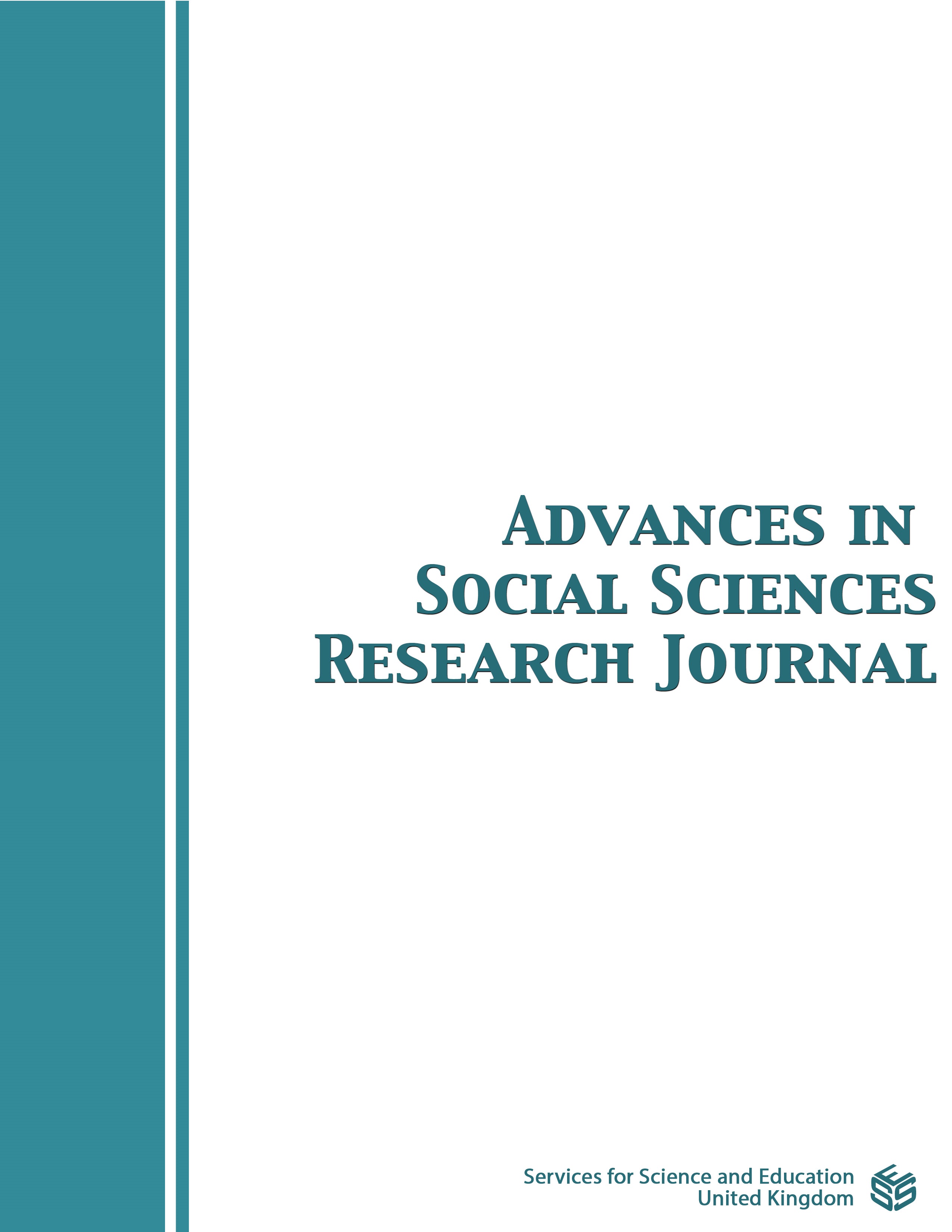Death Inequality During the First Year of Life in Morocco: A Macro Level Analysis
DOI:
https://doi.org/10.14738/assrj.911.13422Abstract
Disparities in child mortality are a reality in Morocco. These disparities coexist with inequalities in: (i) the availability of primary health care (PHCs); (ii) the socioeconomic status of the population as reflected by the prevalence of various forms of poverty; as well as (iii) fertility levels (TFRs) and the status of women in literacy and employment rates. Despite its limitations, this research provides a macro-level understanding of the link between infant mortality and a range of aggregates (political, economic, social and demographic).The metadata collected in the 2014 census (RGPH-2014) RGPH-2014 was used to construct a provincial proxy indicator of infant mortality by area of residence.This is considered as a dependent variable that we have tried to explain by the above-mentioned indicators. This is considered as a dependent variable that we have tried to explain by the above-mentioned indicators. The latter indicators reflect the socio-economic conditions prevailing in each of the provinces by area of residence. In addition, they give information on the availability of basic health services and on the woman's status. A key finding is that the level of current fertility as measured by the TFR negatively affects child survival. With a statistically significant regression coefficient of 2.912 (Pvalue =0.000), it can be argued that high fertility increases the risk of infant mortality. In turn, the prevalence of overall poverty also has a statistically significant effect on infant survival (β= -0.213 with a pvalue =0.029).
Downloads
Published
How to Cite
Issue
Section
License
Copyright (c) 2022 Khadija LOUDGHIRI, Fatima BAKASS, Abdesselam FAZOUANE

This work is licensed under a Creative Commons Attribution 4.0 International License.
Authors wishing to include figures, tables, or text passages that have already been published elsewhere are required to obtain permission from the copyright owner(s) for both the print and online format and to include evidence that such permission has been granted when submitting their papers. Any material received without such evidence will be assumed to originate from the authors.






